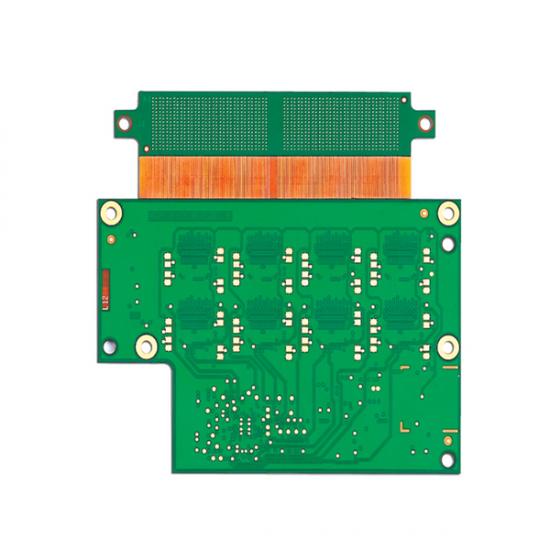Exploring the Versatility of Rigid-Flex PCB Technology
The Evolution of Rigid-Flex PCBs: Revolutionizing Electronics
In the world of electronics, innovation knows no bounds. The emergence of rigid-flex PCB technology has completely transformed the landscape, offering versatility and durability like never before. This article delves deep into the potential and versatility of rigid-flex PCBs, exploring their applications, benefits, and future prospects.
1. Understanding Rigid-Flex PCBs: A Game-Changer in Electronics
Rigid-flex PCBs combine the best of both worlds, seamlessly integrating rigid and flexible substrates into a single board. The rigid sections provide stability and support, while the flexible sections enable dynamic shapes and designs. This unique construction opens up a plethora of possibilities across various industries.
2. Exploring Diverse Applications and Industries
The versatility of rigid-flex PCBs makes them suitable for an array of applications. From aerospace and automotive to healthcare and consumer electronics, these boards find applications in numerous industries. They have revolutionized wearable technology, medical devices, and even space exploration, offering unparalleled flexibility, reliability, and miniaturization.

3. Advantages of Rigid-Flex PCBs: Unleashing the Benefits
Rigid-flex PCBs bring a host of advantages to the table. With their ability to eliminate connectors and interconnects, they enhance reliability and durability by reducing points of failure. Additionally, their compact size, lightweight nature, and improved signal integrity make them ideal for high-density designs. Moreover, rigid-flex PCBs simplify assembly, reduce costs, and improve overall performance.
4. Challenges and Considerations: Addressing the Roadblocks
While rigid-flex PCBs offer numerous advantages, they also present unique challenges. Design complexity, manufacturing intricacies, and reliability testing require careful consideration. Understanding the design rules, material selection, and fabrication processes is crucial to ensure optimal performance and durability.
5. Future Trends and Prospects: Innovating Beyond Boundaries
The future of rigid-flex PCBs looks promising, with ongoing research and development driving continuous innovation. With advancements in materials, manufacturing techniques, and design software, the potential applications of these boards are expanding rapidly. From flexible displays and bendable devices to Internet of Things (IoT) solutions, the possibilities seem limitless.
Conclusion
Rigid-flex PCB technology has revolutionized the electronics industry, enabling unprecedented versatility, reliability, and miniaturization. With diverse applications across various industries, these boards have become the go-to choice for next-generation electronic devices. As research and development continue to push boundaries, the future holds endless possibilities for rigid-flex PCBs, reaffirming their position as a game-changer in electronics.
Send PCB Files to Sales@ucreatepcba.com, We Will Quote You Very Soon!
Request PCB Manufacturing & Assemble Quote Now



